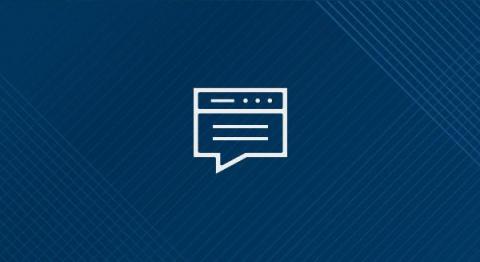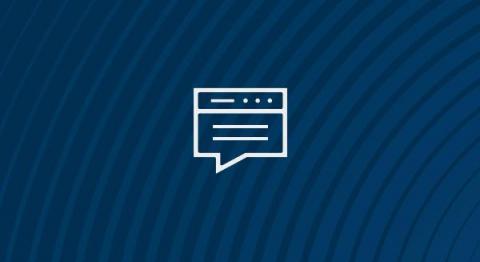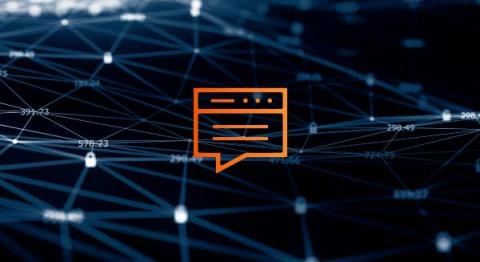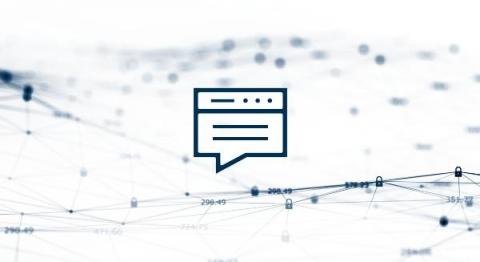The Top 11 Legal Industry Cyber Attacks
A law firm can only be successful if it can meet the needs of its clients, and few components put that success at risk more than the rising danger and repercussions of a cyber attack. In addition to the time, effort, and money a firm must spend responding to a successful breach, employees may find themselves unable to access the firm’s technology and, therefore, unable to bill hours.












